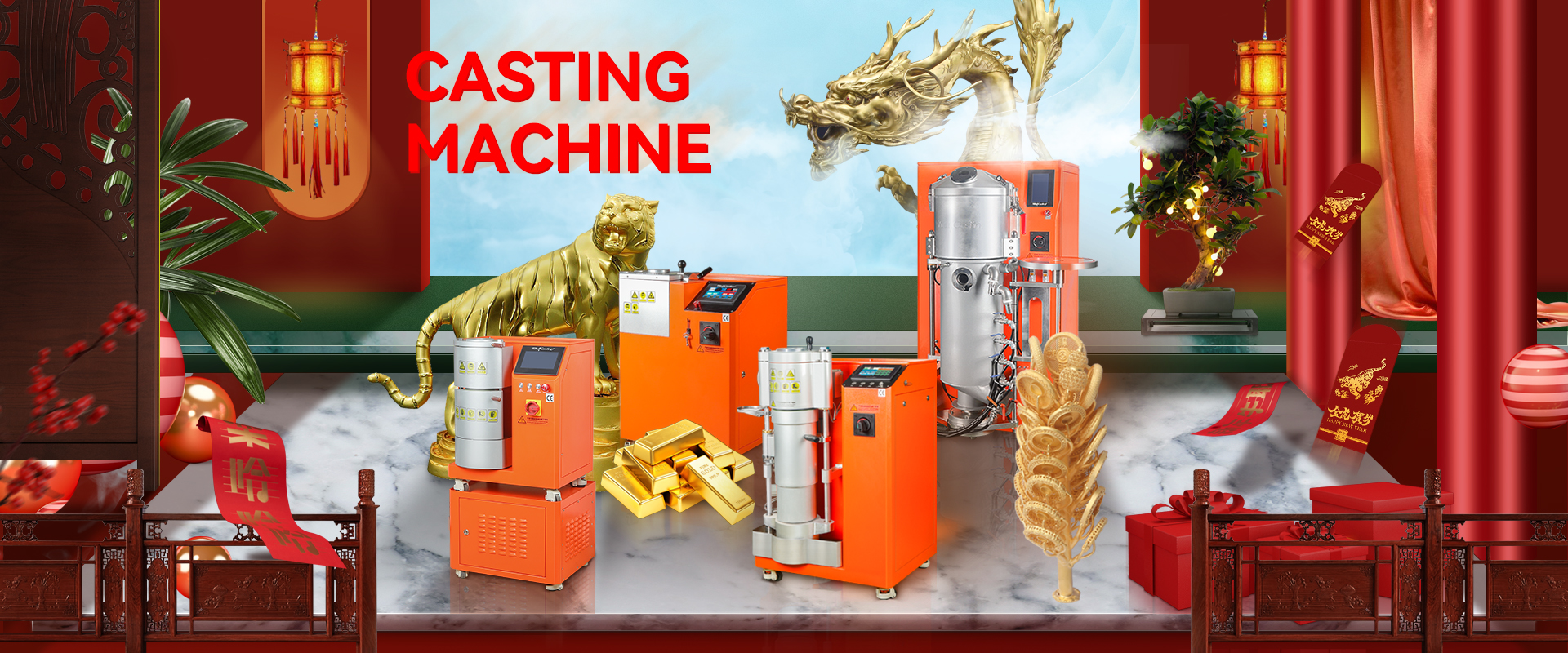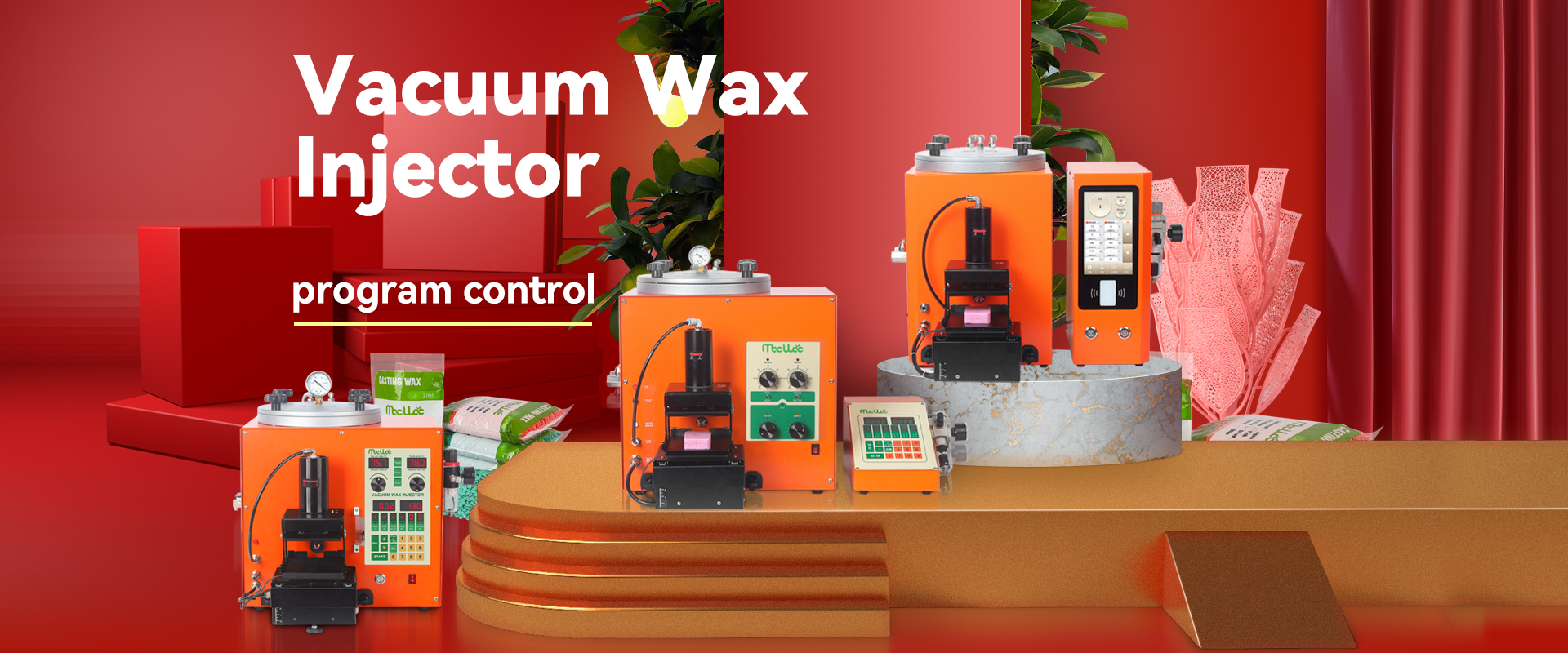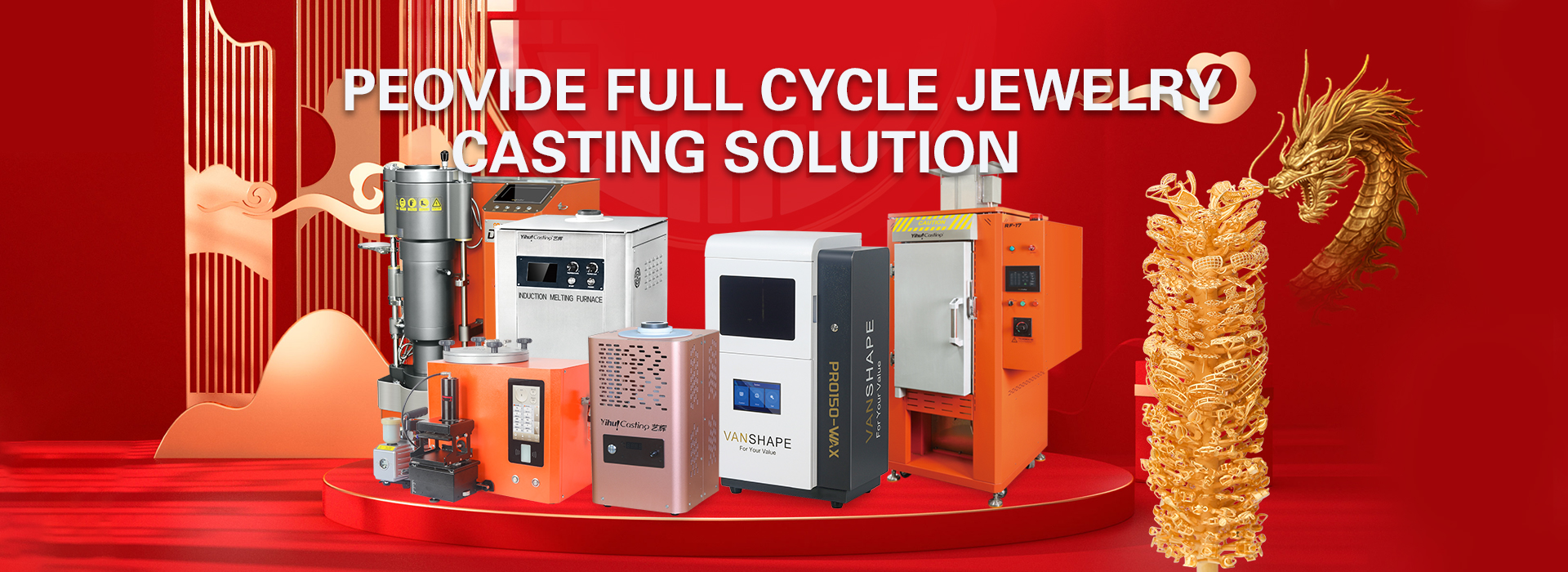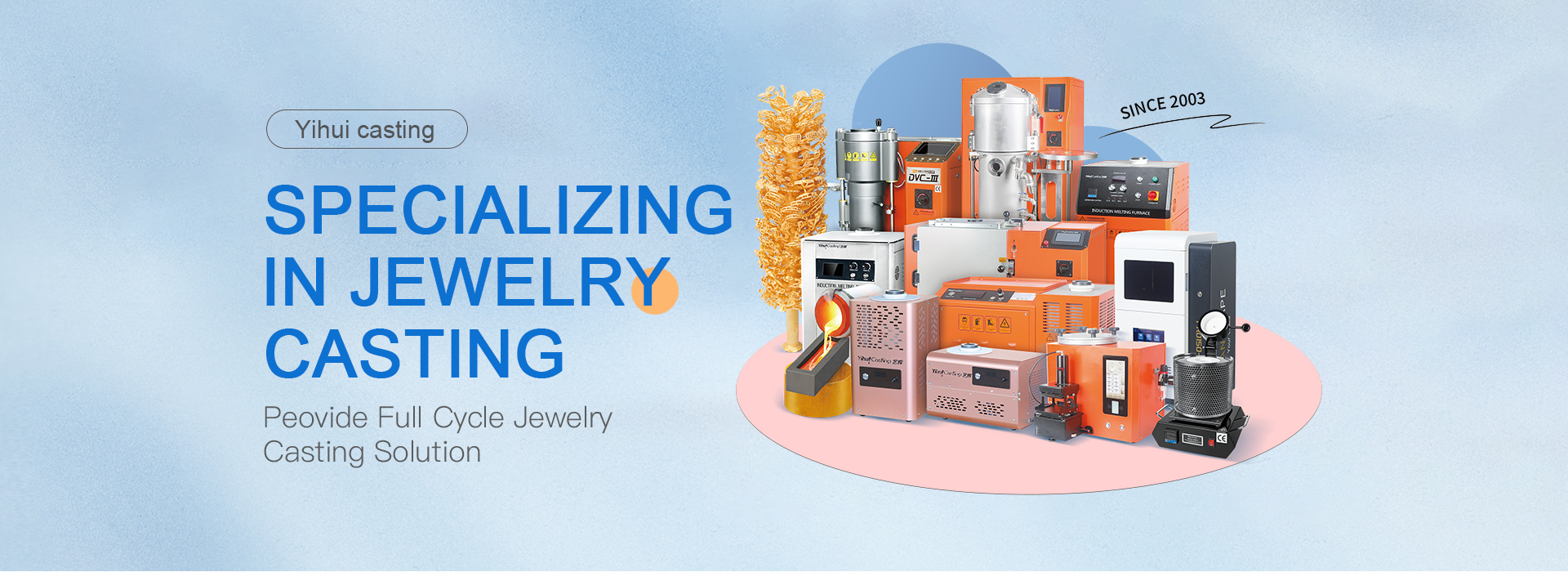To what extent has jewelry 3D printing technology developed?
In the past few years, facing the impact of e-commerce live broadcasts, new retail and new media, as well as more and more newly created jewelry brands and manufacturers, the development of the entire Chinese jewelry industry has encountered unprecedented challenges. The life of traditional jewellery companies is generally not easy: after the high growth period of nearly two decades, they have plunged into an embarrassing period of overcapacity, homogenization of brands, and serious price wars. In such an industry environment, the jewelry manufacturing industry is undergoing a new transformation. With the gradual deepening of Industry 4.0, the jewelry manufacturing sector has to upgrade to more efficient, intelligent, more advanced and rapid requirements, and low-cost and flexible production has become the common pursuit of upstream jewelry companies.
On the other hand, in today's diversified consumption, people also want to have their own customized products while pursuing fashion brands. Because of its unique portability, wearability and other characteristics, jewelry not only shows a certain personal style, but also has always been an important field in the private customization market. In the critical period of the transformation and upgrading of the jewelry industry, 3D printing technology is becoming a trend in the middle, and is slowly becoming an innovative way to change the jewelry industry.

As early as more than 10 years ago, 3D printing began to enter the jewelry industry. At that time, it was called rapid prototyping technology, which was used for jewelry creation. In recent years, the explosive growth of 3D printing concepts has brought 3D printed jewelry into the public eye. Nowadays, 3D printing technology can meet the diverse needs of consumers for styles and provide them with efficient and convenient private customization, that is, consumers can participate in the jewelry design team to fully realize the purchase needs of consumers. And many jewelry companies expand their artistic creativity through 3D printing. Compared with traditional jewelry craftsmanship, 3D printing has the following advantages:
Significantly improved efficiency
The traditional jewelry manufacturing process has to go through multiple procedures such as picking up silver plates, pressing plastic molds, opening plastic molds, waxing, and repairing molds. There are many and complicated procedures, and the cost of equipment, space, materials, manpower and time is relatively high. 3D printing has largely replaced manual work, cut many links, and greatly shortened working time. According to reports, to make the same jewelry wax mold, the 3D printer takes more than dozens of times to make it by hand. At present, 3D printing technology mainly replaces the link of jewellery carving and waxing. To make the jewelry designed by the designer accurately by hand requires a very skilled engraver. The 3D printer can easily make a variety of wax models at the same time, and perfectly fits the designer's design model, greatly reducing the time for manual versioning, errors and unnecessary losses, and at the same time ensuring the high quality of the model. Accurate and error-free, thereby reducing production costs and greatly improving production efficiency.

The 3D printer directly prints the wax model, then uses the lost wax casting process to pour out the silver plate, and then performs a series of processes such as laminating film. Nowadays, 3D printers can completely replace the manual plate-making process for mass production, which is suitable for large-scale and standardized production in factories.
Free up design thinking
Compared with traditional manual craftsmanship, designers should focus on craftsmanship when designing jewellery, otherwise the products in the manufacturing process can only be on paper. Even if craftsmanship is prioritized when conceiving and designing, in the actual production stage, traditional manual craftsmanship will still fail to achieve production. This situation is very common, let alone mass production. No matter how peculiar shapes, how outrageous ideas and designs, they can be printed out using 3D printing, which cannot be achieved by traditional craftsmanship. This is also an important feature of 3D printing craft jewelry-to liberate the designer's thinking, but also to make jewelry design easier to achieve, so that the designer's works can be mass-produced.

Complement with manual craftsmanship and design
After the advent of 3D printed jewelry, people will inevitably compare it with traditional handmade jewelry. Some people may worry that 3D printed jewelry will make traditional jewelry lose its original characteristics. Although a lot of topics about 3D printers and cutting-edge technology have been discussed, human touch still plays a very important role in the entire jewelry making process. Role. In the printing and production process and post-processing process, there are still manual steps. This means that artificial elements are still a success factor that cannot be ignored in the process of creating stunning jewelry. Nevertheless, in this jewelry industry, technology is still regarded as a powerful tool. It is in a complementary relationship with traditional jewelry craftsmanship and jewelry design, and no one can replace it. Traditional jewelry design is the process of artistic creation. There may be whims and unexpected gains in the creation. The 3D printing process is different. It is what the model you design will look like when it is printed, unless the printer fails.












